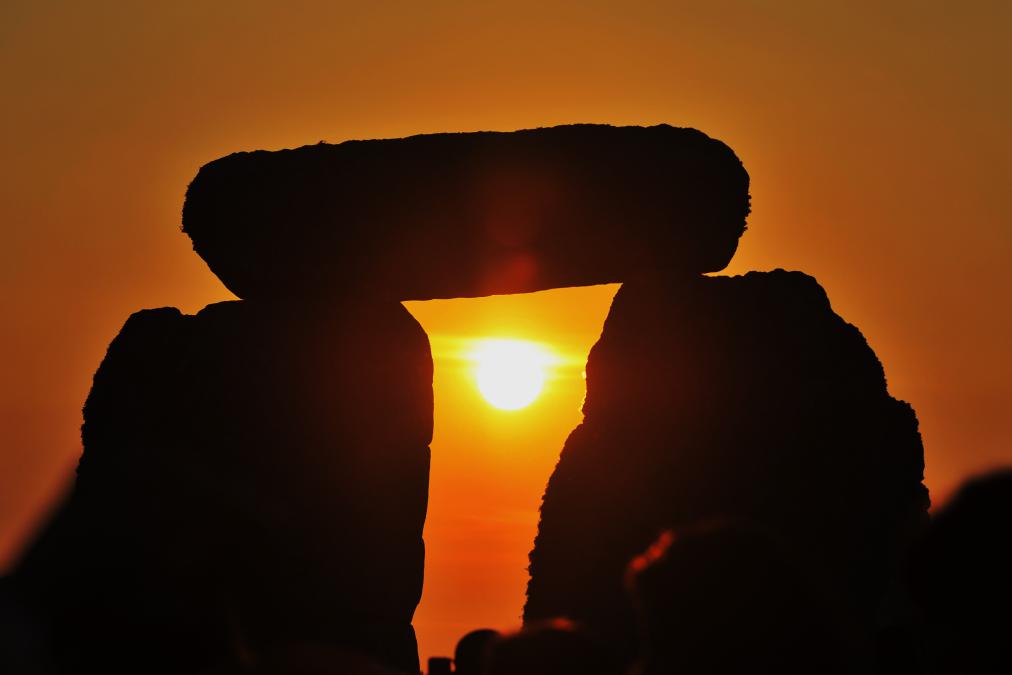What does summer solstice mean?
Today, June 20, 2016 marks the summer solstice, or the longest day of the year in the northern hemisphere. The sun’s rays are directly over the Tropic of Cancer, right at 23.5° N, at 6:34 pm ET.
Depending on where you are, there could be about 12 hours between sunrise and sunset closer to the equator or up to 24 hours in the Arctic Circle.
This extra daylight results from the fact that our planet spins on an axis of about 23.5°. During the year as the Earth travels around the sun, a larger portion of the planet is tilted closer to or farther away from the sun, which is why we have the four seasons.
The southern hemisphere experiences the opposite seasons. Today, countries below the equator will receive the least amount of sunlight (it’s a long night on the South Pole). Conversely, around December 20 this year at winter solstice, the northern hemisphere will receive the least amount of sunlight, when the southern gets the most. This change coincides with when the sun’s rays hit directly over the Tropic of Capricorn, which is at 23.5° South. (The area between 23.5°N and 23.5°S is, not surprisingly, called the tropics.)









